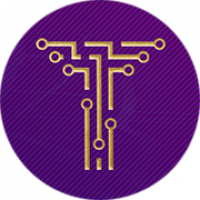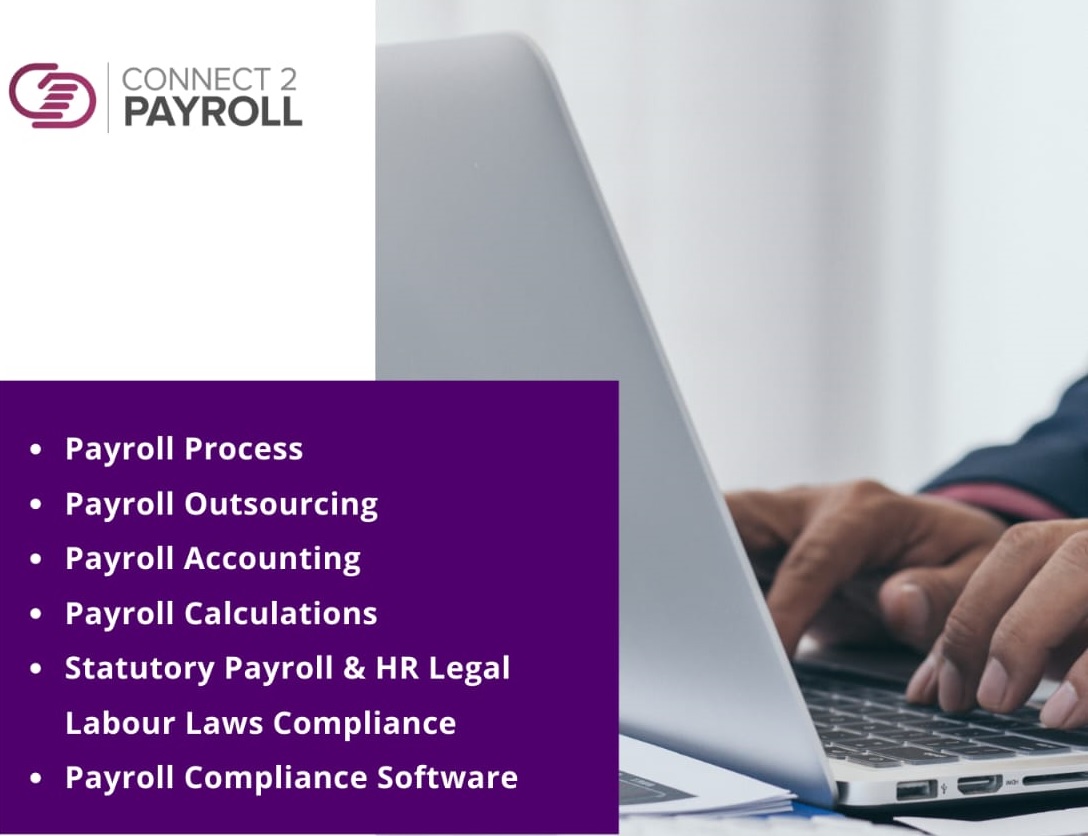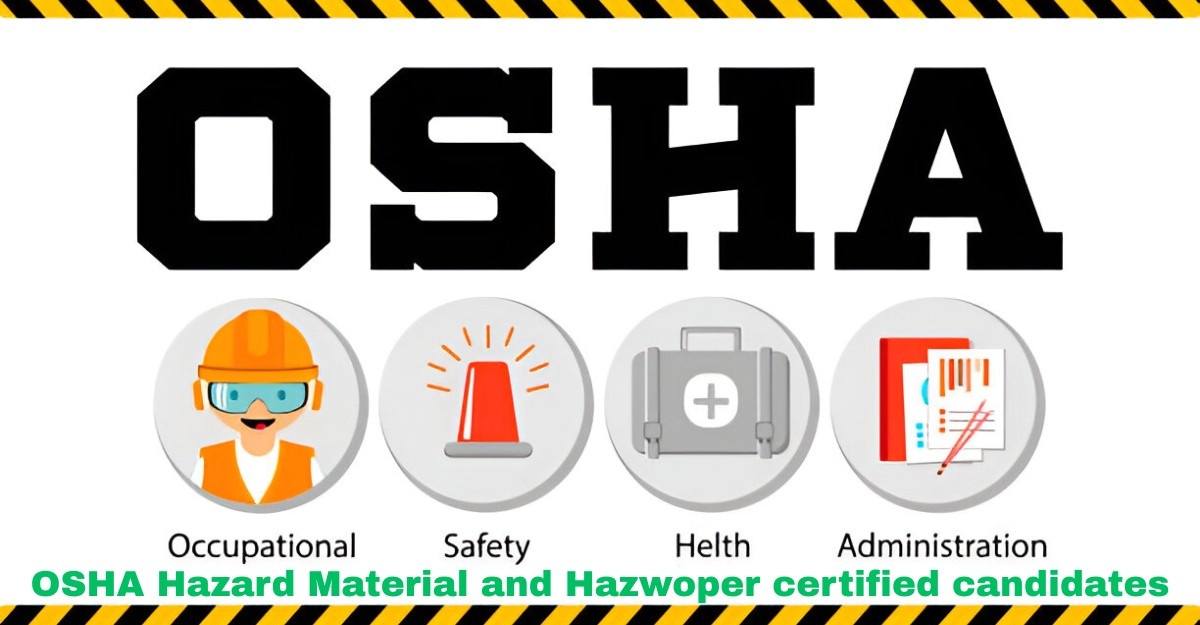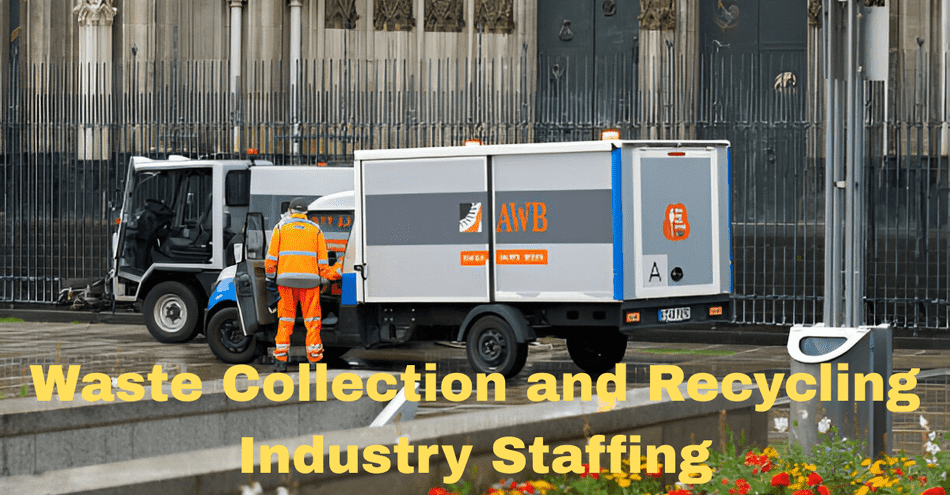Choosing the Right Fuel Monitoring Software - Features That Make a Difference
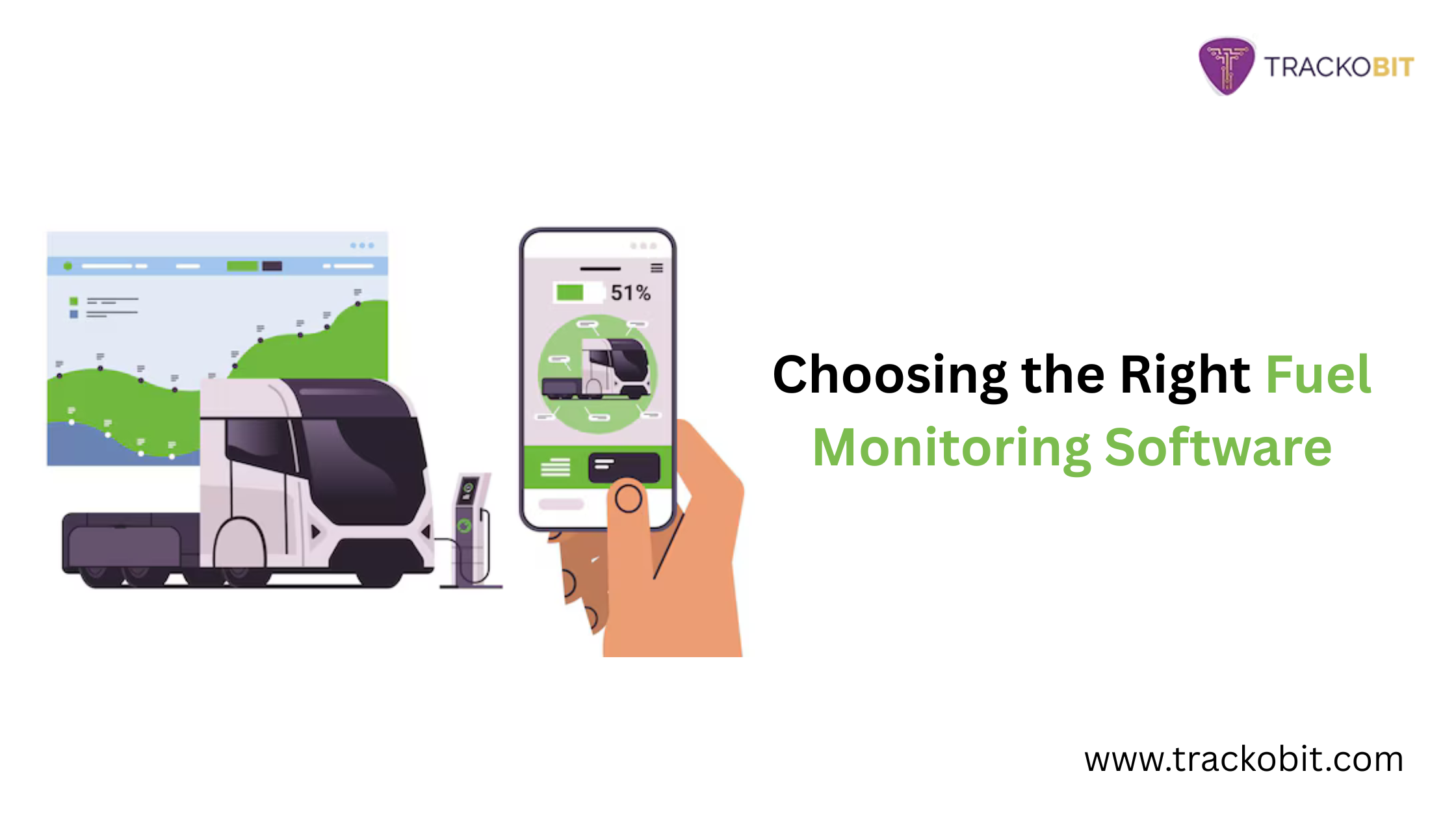
Strong 8k brings an ultra-HD IPTV experience to your living room and your pocket.
Fuel monitoring software is an efficient solution to help businesses and organizations monitor and manage their fuel consumption. Only the Right Fuel Monitoring Software provides companies with proper oversight of their operations that require vehicles and machines, such as transportation, logistics, construction, agriculture, and other industries
The objective of the fuel monitoring software as software is to optimize fuel usage, reduce costs, and facilitate the process of fuel efficiency.
Best Features of Fuel Monitoring System
Fuel monitoring system serves as the key tool in the management of a fleet. It monitors how much fuel each vehicle in a fleet consumes. This is the best way for companies to save money and enhance productivity.
1. Tracking Fuel Consumption: The system records the amount of fuel each vehicle in the fleet uses. It provides data on fuel use over time, so fleet managers can see patterns and identify any unusual spikes in fuel consumption. This helps identify vehicles that may need maintenance or drivers who are not operating the vehicles efficiently.
2. Fuel Level Monitoring: The system keeps an eye on fuel levels in each vehicle. It alerts managers when fuel is running low, which helps in planning refueling stops and avoids downtime. This feature especially helps prevent fuel theft or losses, as it flags sudden drops in fuel levels for further investigation.
3. Detecting Fuel Theft: The system carefully checks the fuel levels, and the usage of fuel involved. It signals alerts in the case where a fuel drop that does not correspond to usage happens. This in turn helps businesses prevent fuel theft, which tops up as one of the most critical costs.
4. Optimizing Fuel Efficiency: This system is a report that can help fleet managers understand the fuel efficiency of their fleets. With this information, managers can either decide to maintain vehicles properly or train drivers to lower fuel costs by driving efficiently.
5. Route Planning Software: The system gives data on fuel consumption, which helps fleet managers to plan the most fuel-efficient routes and thus reduce the amount of fuel used and the time vehicles spend on the road, thus prolonging the life of the vehicles.
6. Real-Time Data and Alerts: Most of these systems give the current (real-time) status and send warnings, too. Hence, fleet managers can hurry to tackle issues as they occur, for example, to refuel or detect unexpected losses, and thus they can secure the smooth operation of the fleet.
7. Historical Data and Reporting: The system contains the historical data of benefits for long-term planning and analysis. Managers can see the market trends over a long period to decide on the right fleet operations, and vehicle purchases, and they can make other strategic choices.
Main Components of Fuel Tracking System
Fuel tracking solutions are the best companion for fleet managers when it comes to helping and managing vehicles effectively. Why? We have hot the answer:
1. Fuel Sensors: Companies can install advanced sensors in fuel tanks to quantify the amount of fuel each vehicle uses. These give you real-time data on your fuel levels, a lot like the fuel gauge on your car. Fleet managers can, therefore, maintain a regular check on the amount of fuel in the tank so that fuel thefts and leakages can be detected right away.
2. GPS Tracking: This part of the system uses satellite technology to keep track of every vehicle’s location. The system shows the data on the routes, traveled distances, and driving patterns. The system tracks mobile units in real-time, enabling route optimization thus saving time and fuel.
3. Telematics Device: Telematics stores the information from the fuel sensors and GPS tracking and then transmits it to a central system. Through Telematics, additional data like engine performance and vehicle speed can be directly sent to the vehicle’s dashboard, which then connects it to the device.
4. Data Management Software: The specialized software compiles and transmits all the data from the fuel sensors, GPS, and telematics devices. Fleet managers use this software to keep a record and analyze fuel consumption, driver behavior, and overall vehicle performance. The report can include any issues, and they can also suggest places where managers can affect savings and then arrange the solution.
5. Dashboard: This is the interface that allows the user to interact with the system either through a website, mobile app, etc. showcasing the information in an easily understandable way. Managers can log in and visualize the data and reports that the system generates in real-time, this way the system simplifies the decision-making process.
6. Alerts and Notifications: The system can send alerts and notifications when specific events occur like fuel theft or leakage, which a sudden drop in fuel level, driving inefficiency, or the need to repair the vehicle may trigger.
7. Reports: With the help of this software, you can generate a host of different reports, for instance, fuel usage over time, vehicle-to-vehicle comparisons, driver performance, and cost analysis. These algorithms help plan the right operations and usage, thus maximizing efficiency in usage.
Conclusion!
Implementing fuel monitoring software at the beginning means gaining information about how much fuel consumption of different vehicles at the time. Telematics devices and sensors installed in the equipment are the primary collectors of fuel usage data, which they then transmit to the software.
The fuel monitoring software such as TrackoBit comes with the capability of real-time alerts and notifications. Its feature can easily tell users if there are potential issues, like a sudden increase in fuel consumption or low fuel levels and that can let them make quick moves to fix these issues.
Note: IndiBlogHub features both user-submitted and editorial content. We do not verify third-party contributions. Read our Disclaimer and Privacy Policyfor details.

